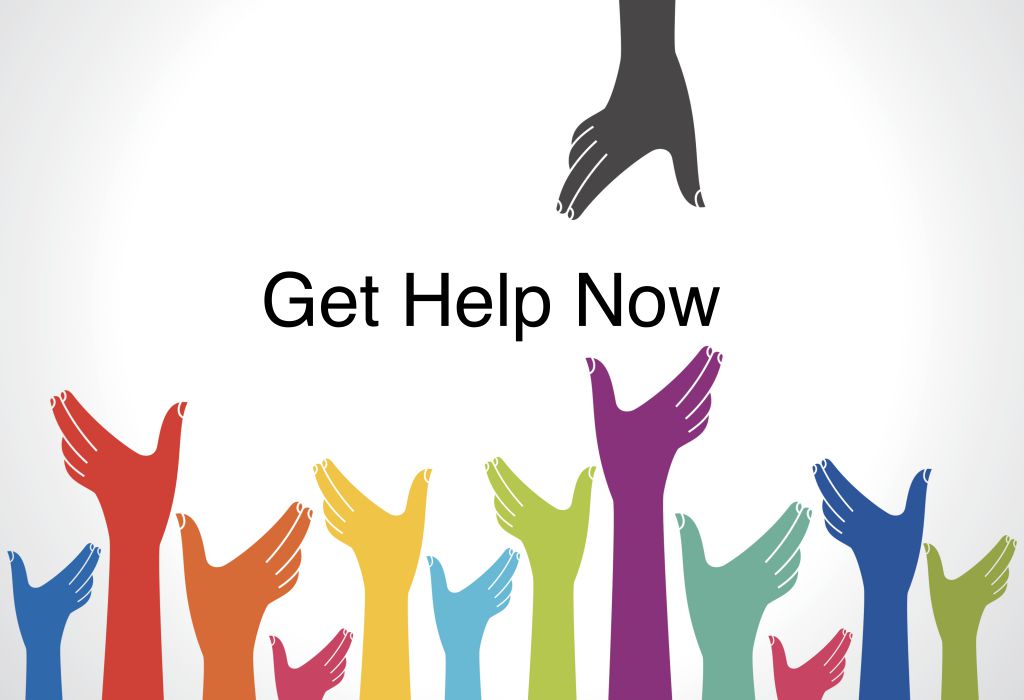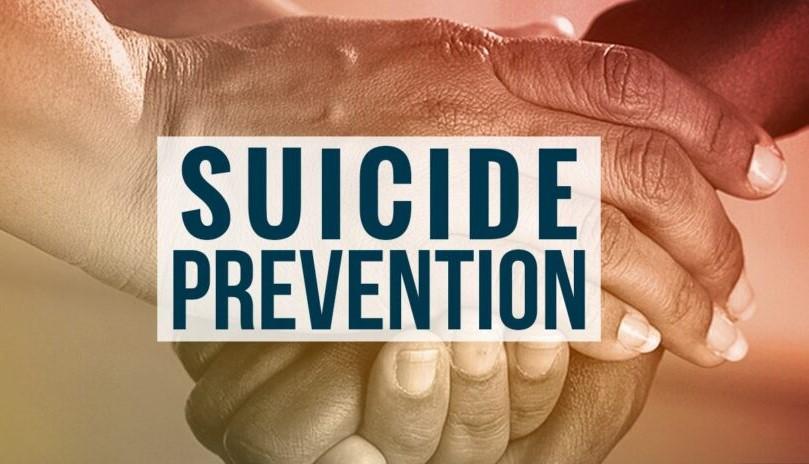 |
The New York Association of Black Psychologists hopes to increase awareness of the suicide crisis, particularly within the Black community.
September is Suicide Prevention Awareness Month, but it is vital that we continue the conversation around suicide prevention.
See below for some information about the impact of suicide, as well as some preventive measures that can be used all year round.
Did You Know?…
- Suicide is the 10th leading cause of death in the US
- In 2019, 47,511 Americans died by suicide
- In 2019, there were an estimated 1.38M suicide attempts
- In 2019, the suicide rates were higher among adults ages 45 to 54 years (19.60 per 100,000) and 55 to 64 years (19.41 per 100,000), with the rate highest among adults ages 85 years or older (20.12 per 100,000), the only age group with a rate increase from 19.07 in 2018 to 20.12 in 2019.
- Suicides are among the leading causes of death in elderly Americans, and the problem is expected to increase. Suicides in African-American elderly are not well studied but there is evidence of a rising tide in elderly African American Suicides (2021) and the need for a call to action.
- In 2019, adolescents and young adults aged 15 to 24 had a suicide rate of 13.95.
- Suicide is a leading cause of death among youth aged 10 to 19 years in the United States, with rates traditionally higher in male than in female youth. However, recent national mortality data suggest this gap may be narrowing.
- Between 1991 and 2017, suicide attempts among black adolescents increased by 73%, while attempts among white youth decreased, according to an analysis of more than 198,000 high school students nationwide (Lindsey, M.A., et al., Pediatrics, Vol. 144, No. 5, 2019). Other studies have shown an elevated risk of suicide among African American boys ages 5 to 11 (Bridge, J.A., et al., JAMA Pediatrics, Vol. 172, No. 7, 2018).
 | Addressing the Crisis of Black Youth Suicide Read More |
Financial Stress and Suicide

According to a report from the Center For Disease Control (1999), more than half the people who commit suicide do not have a history of depression or mental illness. “Almost 30% of suicides occur in response to a crisis within the past two weeks and 16% occur in response to a financial problem.” In looking at Black family households, Black people are more likely to report higher financial stress and debt levels than any other racial group in the United States (Associated Press, 2008). Given the higher levels of financial stress and debt experienced by black households, this in turn causes an impact on their overall mental health and physical well-being.
For many people, the COVID-19 pandemic has caused a loss of income and insufficient funds to pay bills, creating an even greater strain on mental health. Several studies have shown that financial hardship and stress related to money are not only correlated with depression, but also found to make people 20 times more likely to attempt suicide. As one begins to spiral more and more into debt, the potential for suicide increases.
If you or someone you know is experiencing financial hardship, financial stress, loss of income, or may be having thoughts of suicide, please do not hesitate to seek immediate help. There are resources available that can help you get back on track financially.
Get Help!

If you or someone you know is struggling or having thoughts of suicide, help is available. Call the National Suicide Prevention Lifeline at 1-800-273-8255 (TALK), use the online Lifeline Chat or contact the Crisis Text Line by texting TALK to 741741.
As a New Yorker, NYC Well is your connection to free, confidential mental health support. Speak to a counselor via phone, text, or chat and get access to mental health and substance use services, in more than 200 languages, 24/7/365. Text “WELL” to 65173 or call 1-888-NYC-WELL.

